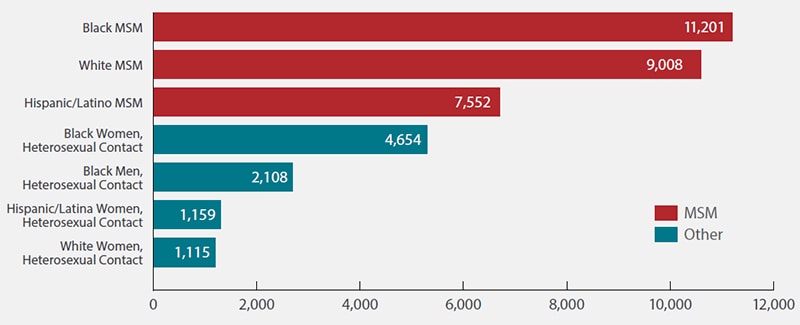For my final project, I attended the Women's March on Washington in St. Paul. I had never been to an event like this, so I had no idea what to expect, but I couldn’t pass up this opportunity. I hadn’t even heard of this event until a few days prior, but when I learned about the group's values and goals, I knew it would be something that I would want to experience. I asked a friend of mine to go with me, and we were very excited to help show support.
We knew we were in the right place before we were even within a few miles of the area. There was traffic packed all the way down through the freeway, and we ended up getting out of the car at a stoplight, because we didn’t think we’d be able to get any closer. We got out of the car and just started following the crowd. To be honest, I have no idea where the march actually started, because the closest we could get to the start was the St. Paul Cathedral. There were people as far as I could see in front of me and it wasn’t long before I couldn’t see the end of the people behind me either.


At around 11:45, when we finally began moving, the crowd's energy-level peaked. I believe that we only walked less than a mile, but there were many uninformed people helping direct us to where we needed to go. There was a lot of chanting going on the whole time and here are some of the ones I remember:
- “Love. Not Hate. Will make America great.”
- “Show me what democracy looks like. This is what democracy looks like.”
- “Who are we? The majority. What do we want? Equality.”
- “Love trumps hate.”
| Initial view of the MN Capitol from the march |
Once we got to the capitol, we had to make our way to the front so that we could see. It took us at least 10-15 minutes to find a place where we could see, but once we had gone through the wall of people, it was easier. There was more space when we got closer to the capitol, and we listened to the speakers from a pretty good spot. The speakers were very interesting, and one of the most memorable being Rep. Ilhan Oman. Everyone who spoke was very passionate and about particular issues that mattered to them. Despite what some people think, most people never even mentioned Trump by name, it was more about coming together on the issues that we are passionate about.
| View of crowd from the top of the MN Capitol |
St Paul police estimate between 90,000 and 100,000 people showed up to march. That is 5 times more than they projected, which was impressive in itself. I think that more people showed up than expected, because they realized how big of a deal it was. For example, my family planned on just dropping me and my friend off, but all of them ended up joining us because they realized it was something that they couldn’t miss.
There is perceived to have been at least 3.7 million marchers worldwide, in at least 500 cities. The estimate is that 1 in every 100 Americans marched on Saturday. Several groups have been attempting to put together a spreadsheet to accurately state the total populations. Out of all of those people, there hasn’t been one report of violence in any of the cities by marchers.
It was very cool to feel like I was part of something important. So many people showed up and that’s not something that you can ignore. It was a very big statement that we are still here and expect our new president to acknowledge our values. It was such a positive atmosphere filled with passionate, loving people. In fact, the main themes that I saw in the crowd and signs were love, hope, and acceptance. There were people from all walks of lives, races, genders, and ages, and it was great to see everyone come together. It was one of my favorite experiences and I am very happy that I chose to attend.
Sources:
*All pictures of the march were taken by the me
http://www.fox9.com/news/230598563-story
https://docs.google.com/spreadsheets/d/1xa0iLqYKz8x9Yc_rfhtmSOJQ2EGgeUVjvV4A8LsIaxY/htmlview?sle=true#gid=0

